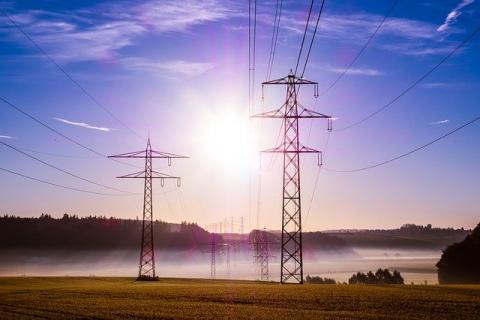
Region: Europe and Central Asia (ECA)
Country: Armenia
Sector: Energy and Power
Keywords: Knowledge Lab ***, PPPs by Sector *, Energy and Power PPPs **, Armenia
Document Link(s):
Document(s):
Document Summary:
Armenia’s power sector has suffered many setbacks: in the late 1980s an earthquake that took its major nuclear plant off-line, and in the early 1990s the collapse of the Soviet Union, economic blockade, and repeated sabotage of a new gas pipeline—all of which severely disrupted fuel supply. Technical and commercial problems further crippled operations. Armenians endured hard winters with barely two hours of electricity a day. The government set out to reform and privatized the sector, persevering through setbacks and learning from initial failure. Its persistence paid off: today the system runs efficiently and delivers power 24 hours a day.
Document Details:
The Soviet Union’s collapse left Armenia with a fragment of a power system, never meant to function as a stand-alone grid. Plants were built to run on fuel imported from thousands of miles away, from neighbors that, without the Soviet Union, could not offer certainty of supply or terms that Armenia could afford.
In 1992, at the beginning of the war over the ethnic Armenian–dominated region of Nagorno-Karabakh, neighbors Azerbaijan and Turkey imposed an economic blockade, cutting off Armenia’s only source of gas and oil for its thermal plants (see table 1 for details on Armenian power plants). Four years earlier a massive earthquake had shut down the Medzamor nuclear power plant, source of roughly a third of Armenia’s electricity generation at that time. Supply from a new gas pipeline, built in 1993 through neighboring Georgia, was regularly interrupted by acts of sabotage.
Armenia was left to rely almost entirely on its hydropower resources, at great expense to Lake Sevan, one of the world’s largest high-altitude lakes and a source of pride to Armenians. A source for irrigation and drinking water as well as power generation, the lake was soon severely depleted. In 1992–96 Armenians suffered brutal winters with little more than two hours of electricity a day.
Updated: